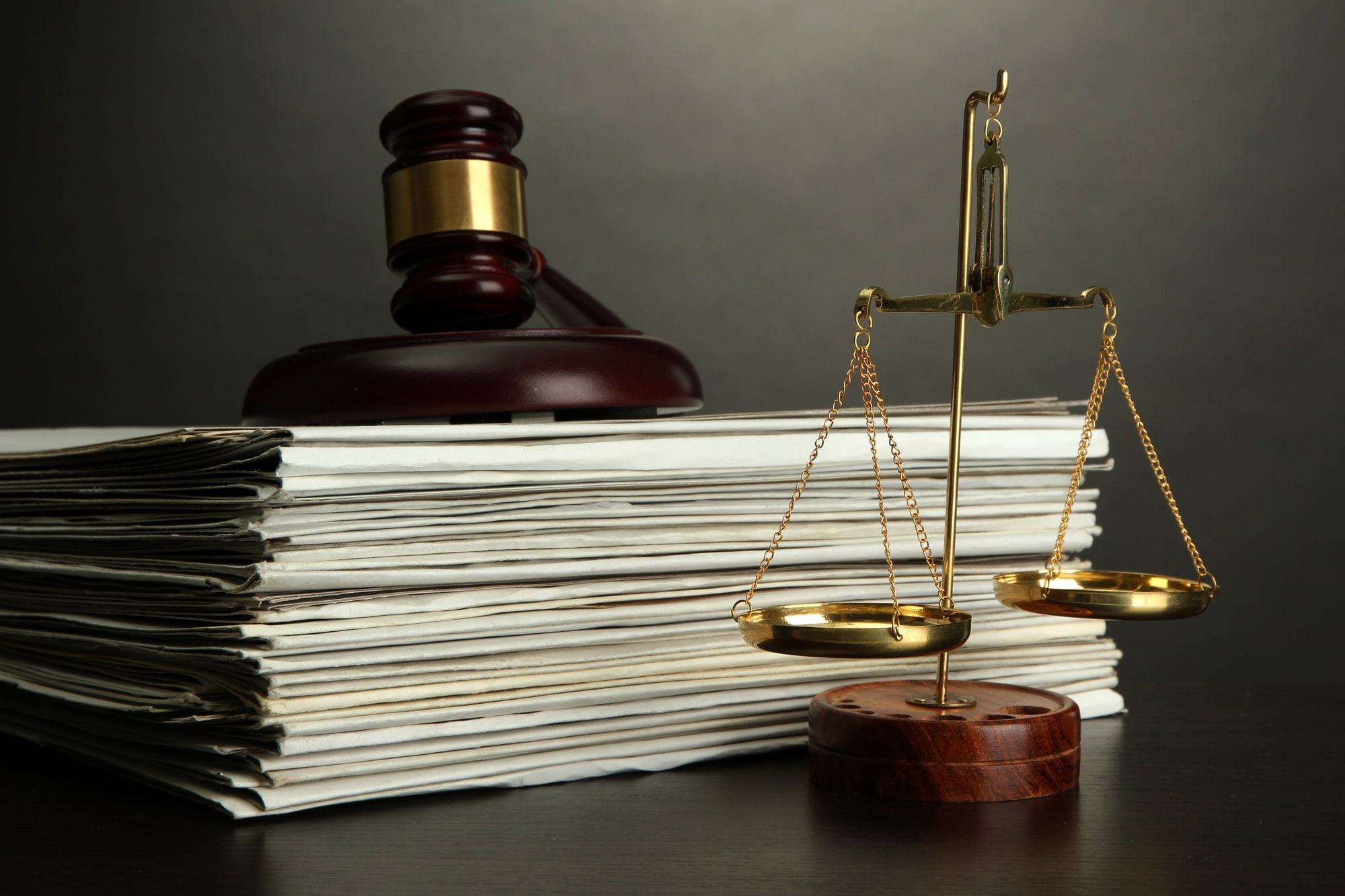Having a clear understanding of discrimination and wrongful termination is crucial for all employees today. Issues surrounding employment can have a profound impact on one’s career and overall well-being. Our friends at Hoyer Law Group, PLLC, are dedicated to helping individuals navigate these complex matters. In this blog post, we’ll delve into the nuances of discrimination and wrongful termination, shedding light on what they entail and how you can protect your rights.
Discrimination In The Workplace
Discrimination in the workplace refers to the unfair treatment of employees or job applicants based on specific protected characteristics, such as race, gender, age, disability, religion, or national origin. Discrimination can manifest in various forms, including:
1. Hiring Discrimination
During the hiring process, job applicants may encounter discrimination when they are unfairly rejected due to their protected characteristics. Although this can be subtle and challenging to prove, it is illegal.
2. Workplace Harassment
Workplace harassment involves offensive comments, slurs, or actions targeting an employee because of their protected characteristics. It creates a hostile work environment and is a form of discrimination.
3. Unequal Pay
Unequal pay for equal work, also known as wage discrimination, occurs when employees of different genders or races receive different compensation for performing the same job duties.
4. Retaliation
Retaliation is when an employer takes adverse action against an employee for engaging in a protected activity, such as reporting discrimination or participating in an investigation.
Wrongful Termination
Wrongful termination, on the other hand, occurs when an employee is fired for reasons that violate the law or their employment contract. It’s essential to note that not all terminations are wrongful. However, if your termination falls under any of these categories, you may have a valid wrongful termination claim:
1. Discrimination
If you were fired based on your protected characteristics, such as race, gender, or age, it constitutes wrongful termination.
2. Retaliation
When an employee reports workplace violations or engages in employee protected activities they may have experienced wrongful termination or retaliation.
3. Violation of Employment Contract
If your employment contract outlines specific terms and conditions for termination, your employer must adhere to them. Violating the terms of the contract can lead to wrongful termination.
4. Public Policy Violation
If your termination violates a public policy statute or regulation, it can be considered wrongful termination. For example, firing an employee for taking family or medical leave is illegal.
Protecting Your Rights
Understanding discrimination and wrongful termination is the first step in protecting your rights as an employee. If you believe you have experienced discrimination or wrongful termination, here are some steps to consider:
1. Document Everything
Keep a detailed record of any incidents related to discrimination or wrongful termination. This includes dates, times, locations, individuals involved, and any relevant conversations or emails.
2. Report the Issue
Report the issue to your employer’s HR department or a higher authority within the company, following the company’s internal grievance procedures.
3. Consult an Attorney
To fully understand your rights and explore your legal options, it’s advisable to consult with a wrongful termination lawyer. Attorneys with experience can provide invaluable guidance and support during this challenging time.
4. Preserve Evidence
Make sure to preserve any evidence, such as emails, text messages, or witness statements, that can substantiate your claims of discrimination or wrongful termination.
5. Stay Informed
Educate yourself about your rights as an employee. State and federal laws provide protections against discrimination and wrongful termination, and being informed is your best defense.
Facing issues surrounding discrimination and wrongful termination can have a long lasting impact on both your career and personal life. Working with a lawyer can help assist you in navigating these complex legal matters. By understanding your rights and taking the appropriate steps, you can protect yourself and seek justice if you have experienced discrimination or wrongful termination. Remember, you don’t have to face these challenges alone, and seeking legal guidance is often the first step toward resolution.

